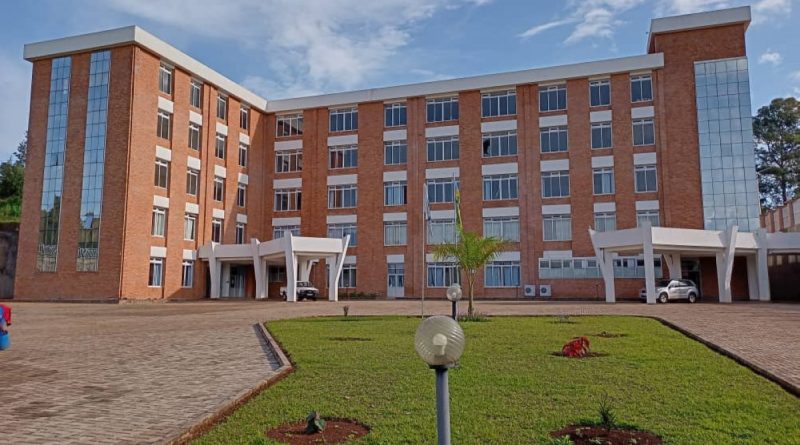Coping with High Temperatures in Bugarama: Expert Advice for Residents
Medical experts advise residents in regions experiencing high temperatures due to intense sunlight to protect their skin and adopt other precautionary measures, as excessive heat can lead to serious health issues, including cancer.
In the Bugarama Sector of Rusizi District, temperatures have consistently ranged between 28°C and 30°C, while other areas of the country have experienced lower temperatures.
The residents of this sector face numerous challenges due to the heat.
Some residents express their struggles: “The heat in Bugarama is overwhelming. At home, we all sweat profusely. We often strip down and sit in the living room, but even then, the heat is exhausting.”
“Crops wither due to the high temperatures, forcing us to irrigate frequently. If you get distracted for a moment, you might find that nothing is left.”
Although the residents are significantly affected, they lack awareness of effective measures to cope with the heat.
They state: “We don’t know what to do about this heat. We are unaware of lotions that can help protect against extreme heat. We lie down, only to be hit by the heat and wake up feeling the same. During the day, we resort to swimming in the Rusizi River.”
This issue is critical for them and others living in high-temperature areas, as they have not yet started taking steps to protect their skin. Dr. Irera Iradukunda, head of the medical department at Gihundwe Hospital, emphasizes the importance of protection.
He says: “Prolonged sun exposure can severely burn you and lead to skin diseases, including skin cancer.”
Since last year, the Bugarama Sector administration has implemented various measures to combat climate change, specifically aiming to mitigate the impact of solar heat on residents.
The Executive Secretary of Bugarama Sector, Mr. Nsengiyumva Vincent, comments: “The impacts of climate change hit us harder than other areas, necessitating greater efforts to address them. This includes extensive tree planting and adhering to environmental protection regulations, such as preventing air pollution. Our large factories and rice processing plants comply with all air quality standards. We combine these efforts to combat the adverse effects.”
Data from the national meteorological agency, Meteo Rwanda, indicates that on March 10, 2010, Bugarama experienced its highest recorded temperature, reaching 36°C.
Experts offer the following advice to residents in high-temperature areas:
“When weather forecasts indicate unusually high temperatures, we encourage residents and outdoor workers to adjust their routines, take care of themselves, move to cooler locations, or make necessary lifestyle changes. We also advise anyone experiencing issues to seek immediate medical assistance, as the effects of solar heat exposure can be long-lasting.”
High temperatures typically associated with desert regions are now evident in Bugarama, Rusizi, a populated and agriculturally active area.


